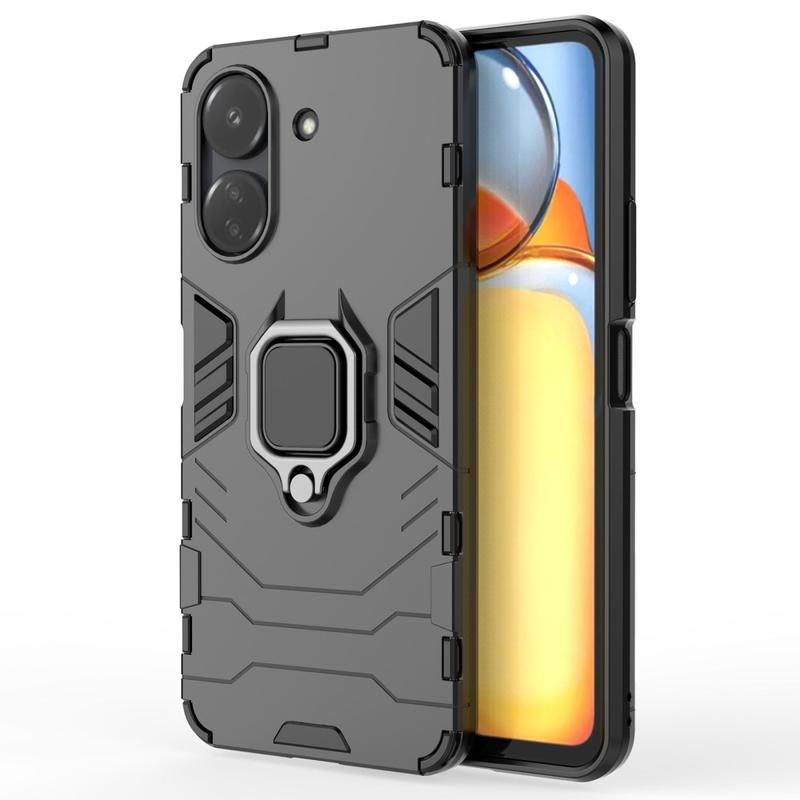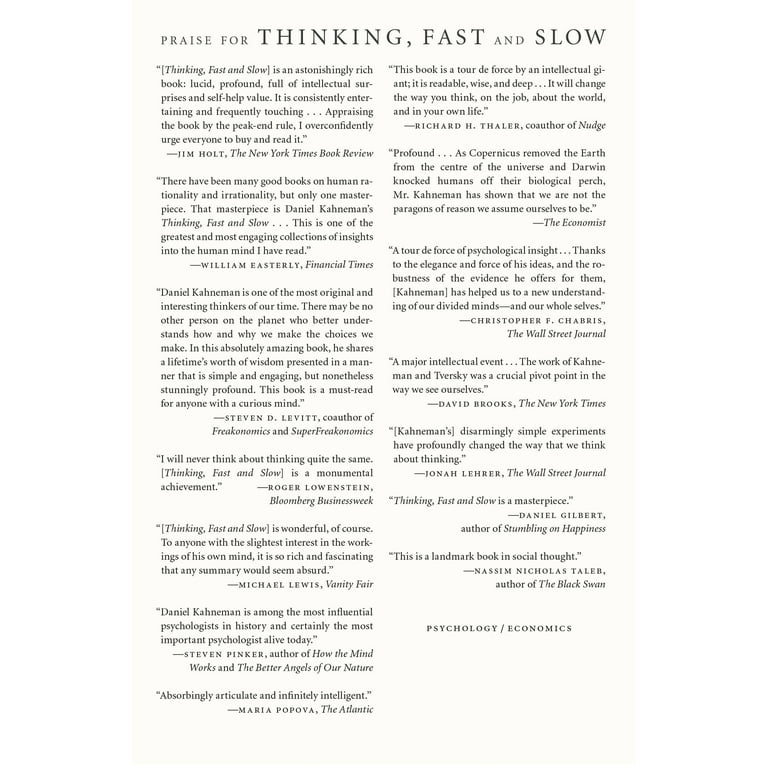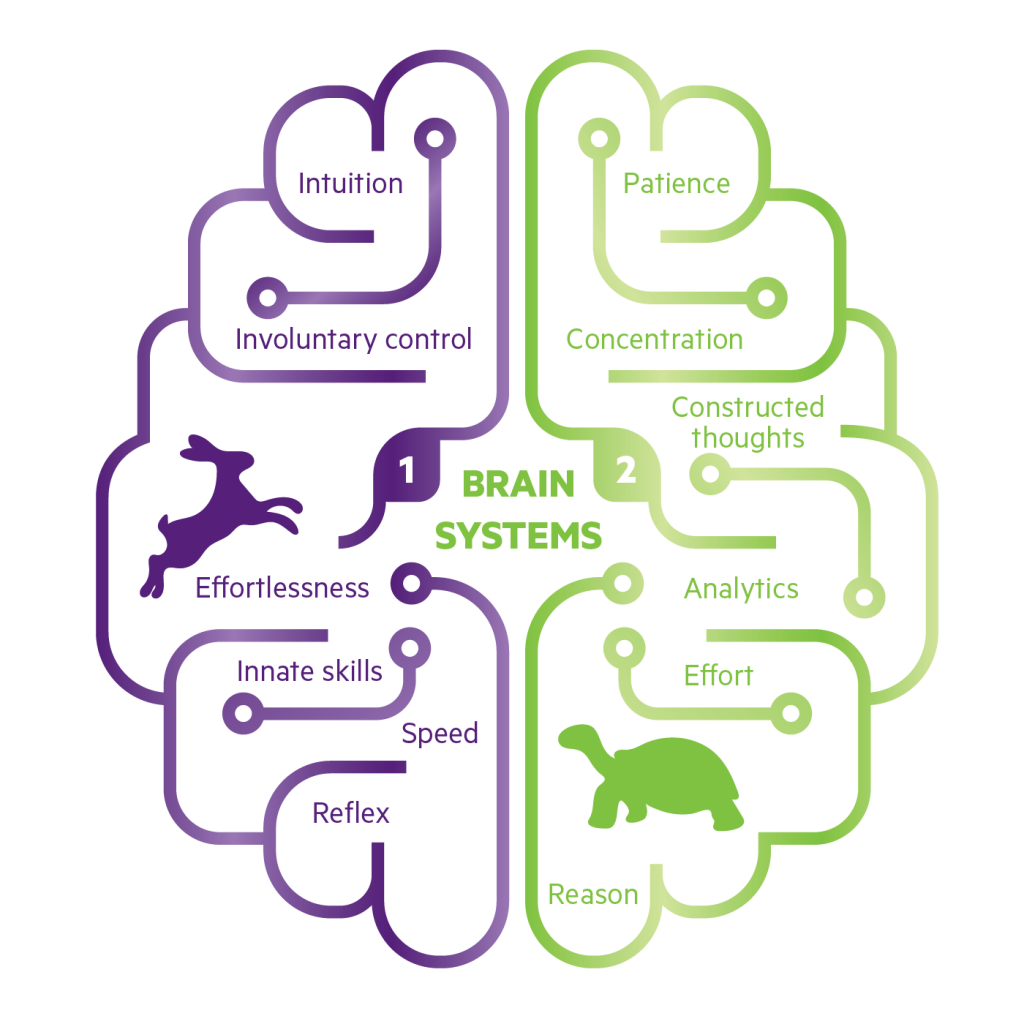- Inicio
- thinking fast and slow
- Figure 1 from Thinking Fast and Slow: An Approach to Energy-Efficient Human Activity Recognition on Mobile Devices
Figure 1 from Thinking Fast and Slow: An Approach to Energy-Efficient Human Activity Recognition on Mobile Devices
4.5 (514) · € 5.99 · En stock
Figure 1: Detecting begin and end of a trip relative to a significant place: Use cell-id patterns for “intuitive” detection when possible, and use GPS/WiFi for “deliberate” detection when necessary. Energy saving is achieved when a user visits the same places and repeats the same trips and accordingly the system works in the intuition mode. - "Thinking Fast and Slow: An Approach to Energy-Efficient Human Activity Recognition on Mobile Devices"
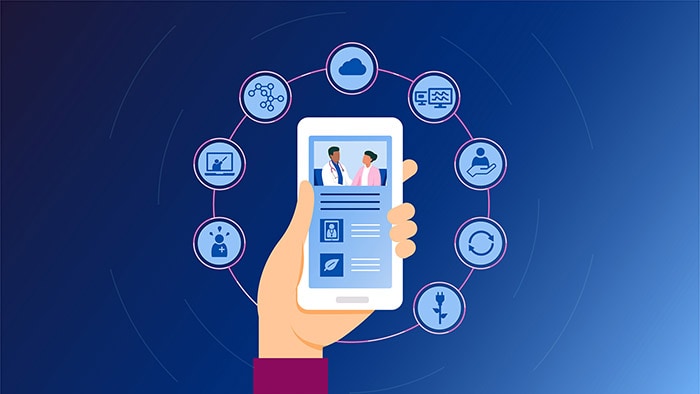
10 healthcare technology trends for 2023

Figure 6 from Thinking Fast and Slow: An Approach to Energy-Efficient Human Activity Recognition on Mobile Devices

Sensors, Free Full-Text

Deep Learning for Sensor-based Human Activity Recognition: Overview, Challenges, and Opportunities
A good option for a Book Lover It comes with proper packaging Ideal for Gifting

Thinking, Fast and Slow

Human activity recognition using machine learning methods in a smart healthcare environment - ScienceDirect
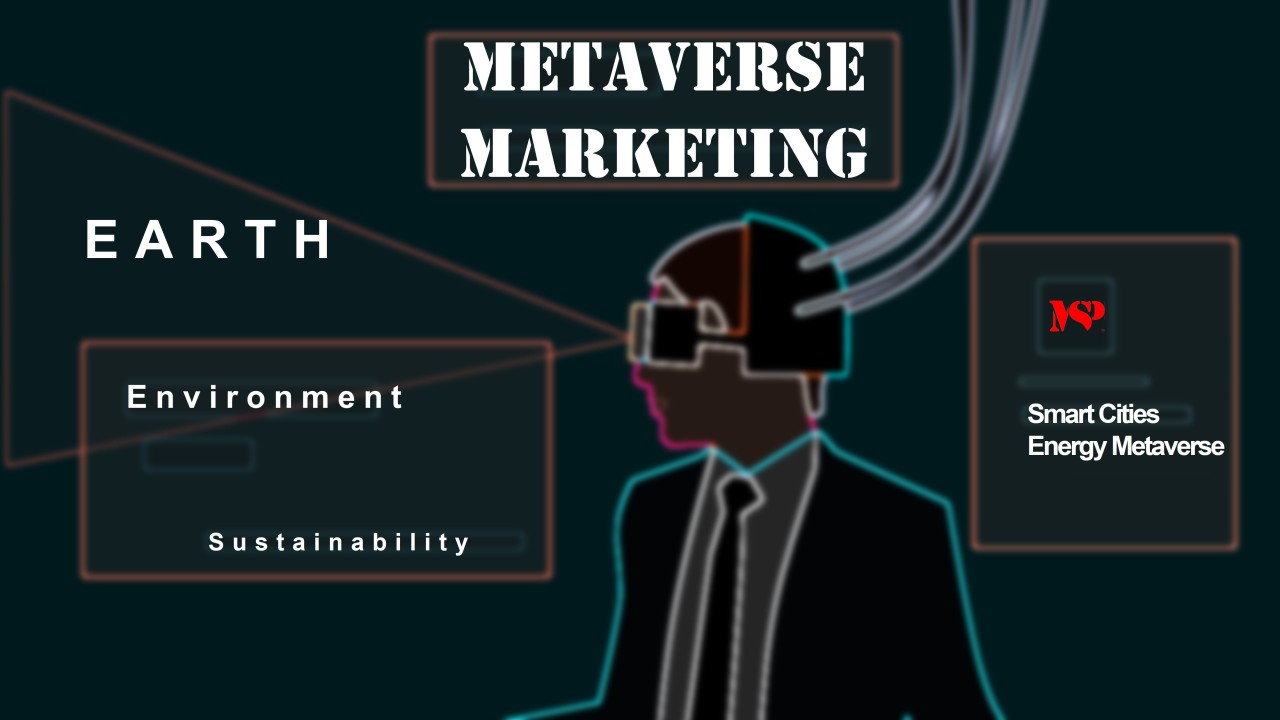
A Sustainable Metaverse? Virtual reality and the environment

Healthcare, Free Full-Text

Deep learning for sensor-based human activity recognition, by Wisdom D'Almeida

Science analogies - Science-Education-Research

Sensors, Free Full-Text

Designing Metasurfaces for Efficient Solar Energy Conversion

Work flow for proposed activity recognition framework using smartphone

PDF] Human Activity Recognition Based on Improved Bayesian Convolution Network to Analyze Health Care Data Using Wearable IoT Device

Figure 2 from Deep Learning for Sensor-based Activity Recognition: A Survey




